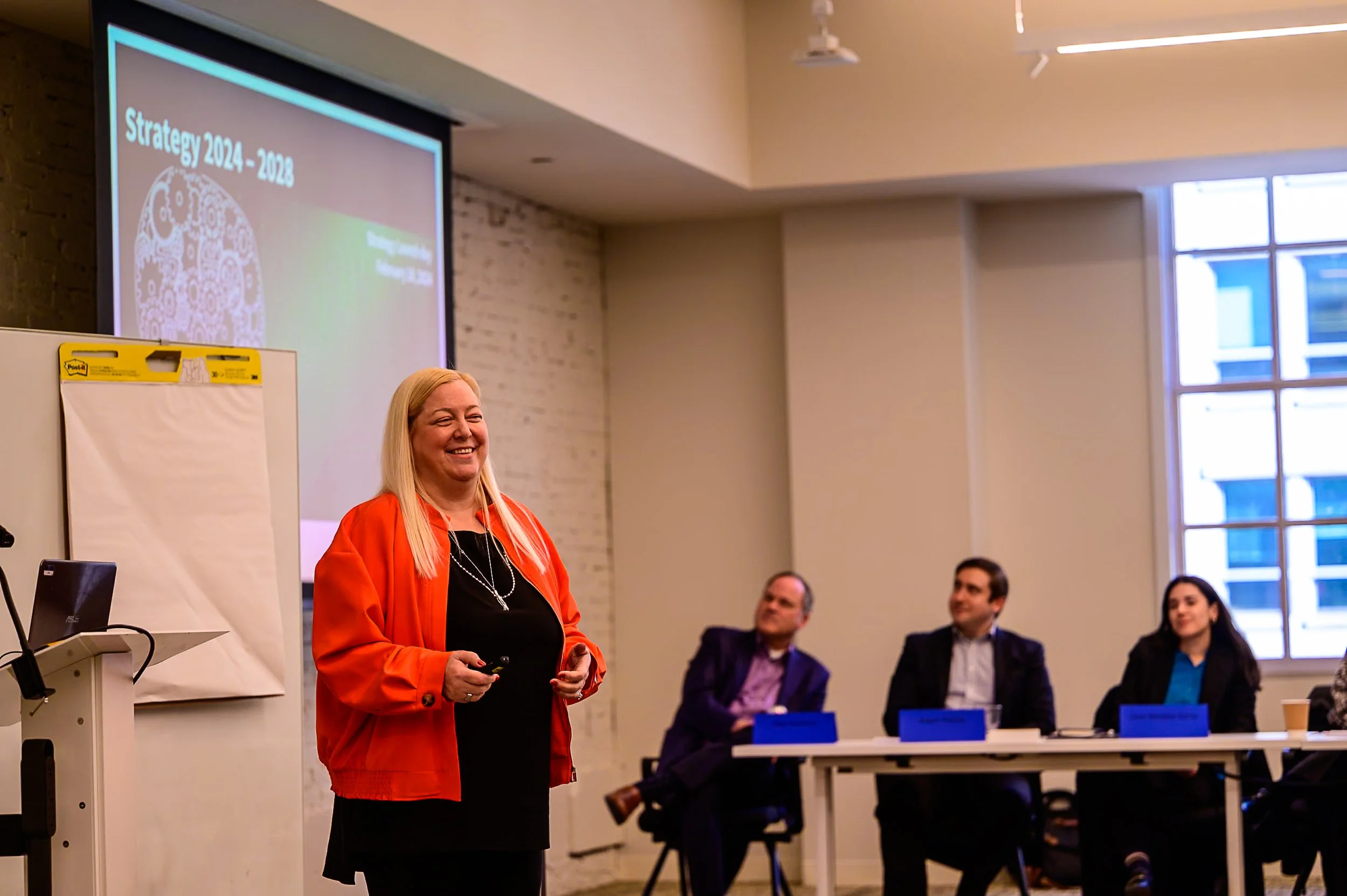
The Mission is a North Star for the Workforce
At the heart of every government agency is a mission. This mission defines not just the organization, but the priority objectives, short-term and long-term goals, and the precise context in which any part of that organization contributes to transforming those goals into a reality.
On a project with the Transportation Security Administration, I worked with senior leaders in information technology who believed it was critical for their workforce to remember the mission. It was about 15 years after 9/11 and my team and I designed and helped run leadership training for all supervisors in this organization. A day of leadership panels, coaching, and collaborations culminated in a walk from TSA headquarters to the monument at the Pentagon, which provided a powerful reminder to TSA’s leaders and supervisors of the importance of their mission and how the agency’s technology helps those on the front line use it to support it.
Government leaders have the key responsibility of helping its workforce understand and live the mission every day. The mission can be a north star for motivating and aligning the workforce with their work to achieve results.
This is easier to do, for example, in law enforcement organizations in operational, mission-focused work – dismantling criminal organizations that pose a threat to our national security or protecting the President. It is harder to do in mission support organizations such as information technology, procurement, or human capital because the workforce in those functions are further away from the mission in their day-to-day work.
Fortunately, closing mission discovery gaps is an open book test. Here is some advice to leaders who are looking for ways to develop their leaders and motivate their workforce:
Rely on the expertise of those who have worked in and supported similar mission requirements and conducted mission-related research, and encourage and recognize those to teach this to others
Understand the history, the context, the operational environment, and the stakeholders and their current sentiments. This context provides a powerful motivator to help accelerate organizational change or to help an agency chart a course for the future
Clearly articulate your organization’s goals pursuant to the mission of your agency. Communicate these relentlessly, and make them come to life with storytelling
Prepare your leaders to lead. Developing leadership capabilities is a journey, not a one-time training class. Take them through the journey, and encourage and recognize those who chart the course for their teams to choose to take a similar leadership journey in the future
Having a workforce that understands and lives the mission every day is critical to achieve results and goals. Remind your workforce of why you do the work you do every day and encourage and recognize them for their contributions. Walking to the Pentagon memorial provided a powerful reminder to TSA’s leaders of why they do what they do. This gave them a way to remember their mission and chart the course of for their own teams in the future.





















